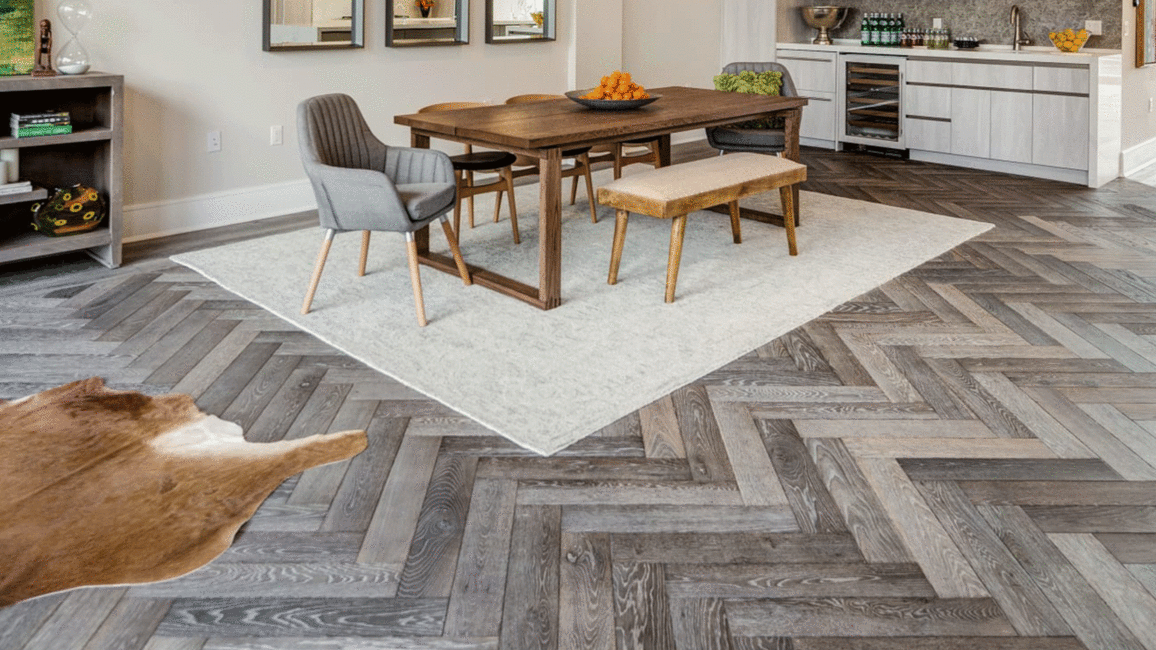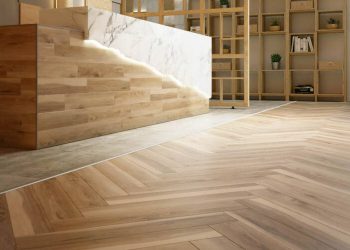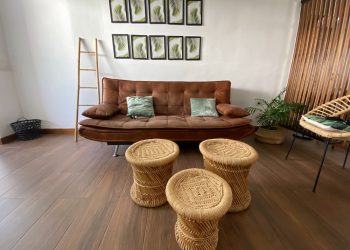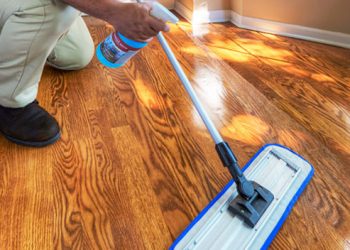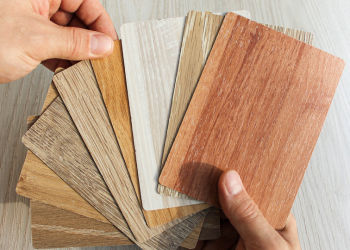Table of Contents
If you are looking for a wooden floor with a low-budget, then parquet is the best option if it gives the feeling of real wood and is cheaper than solid wood floors. It is actually made with a top layer of solid wood fused with multiple layers of plywood that are glued under heat and pressure. Depending on the wood used in the top layer, it can be classified as a parquet floor or a parquet floor.
Types of wood used in Engineered Wood Flooring:
Engineered wood comes with fewer choices of wood as compared to solid wood. Woods like red hickory, and Brazilian Cherry are the most popular wood species for engineered hardwood flooring. Pine, spruce and cedar are generally used in engineered wood flooring.
Properties:
Durability: It has a lifespan of 30 to 40 years. Because the thickness of real wood is less, the top layer becomes dull over time and becomes weak. Parquet floors made of soft wood are also less durable than parquet floors.
Dimensional stability: Due to its multi-layer core, parquet wood is dimensionally more stable than solid wood floors. The glue connection between the layers only allows minimal changes due to expansion and shrinkage at extreme temperatures. A general thumb rule is to provide an expansion joint of 1.5 mm with an average length of 12 m and a width of 8 m.
Resistance to moisture: Parquet floors have a good resistance to moisture, but after a few years it becomes weak if it is in constant contact with moisture.
Scratch resistance: Preprinted parquet floors are fairly resistant to scratching compared to solid wood floors.
For a cost-saving option in a humid climate, parquet floors can be installed in high-traffic areas, such as in the living room, while parquet floors can be installed in low-traffic areas, such as bedrooms. Even if you want a feeling of natural wood, solid wood floors can be installed in living rooms and bedrooms, while parquet floors can be installed in the kitchen and basement.
Pros and cons of Engineered Wood Flooring:
Advantages / Benefits:
It is cheaper than solid wood floors. Parquet floors are more expensive than parquet floors.
This allows floor heating to be installed, which is not the case with solid wood floors.
It only uses a top layer of solid wood, which saves natural wood. The multiplex layers also use scrap wood that minimizes waste material. It is therefore an environmentally friendly option.
Parquet floors can easily be cleaned with a vacuum cleaner and mopped with a damp cloth.
It is easy to install and can be easily glued to the concrete subfloor.
Because it is dimensionally stable, it can be used effectively in kitchens and basements.
Parquet floors are usually prefabricated and have a relatively high resistance to scratches and dents.
It comes down to the value of the property.
Cons / Disadvantages:
Engineered wood flooring can be sanded once or twice, after which the floor must be replaced.
It is not recommended to install parquet floors in wet areas of bathrooms.
If the top solid wood layer is not properly glued to the plywood, cracks can occur because real wood and plywood react differently to the temperature and humidity changes.
Parquet floors must be re-polished periodically.
Parquet floors are noisy, so you should not walk on them with high heels.

